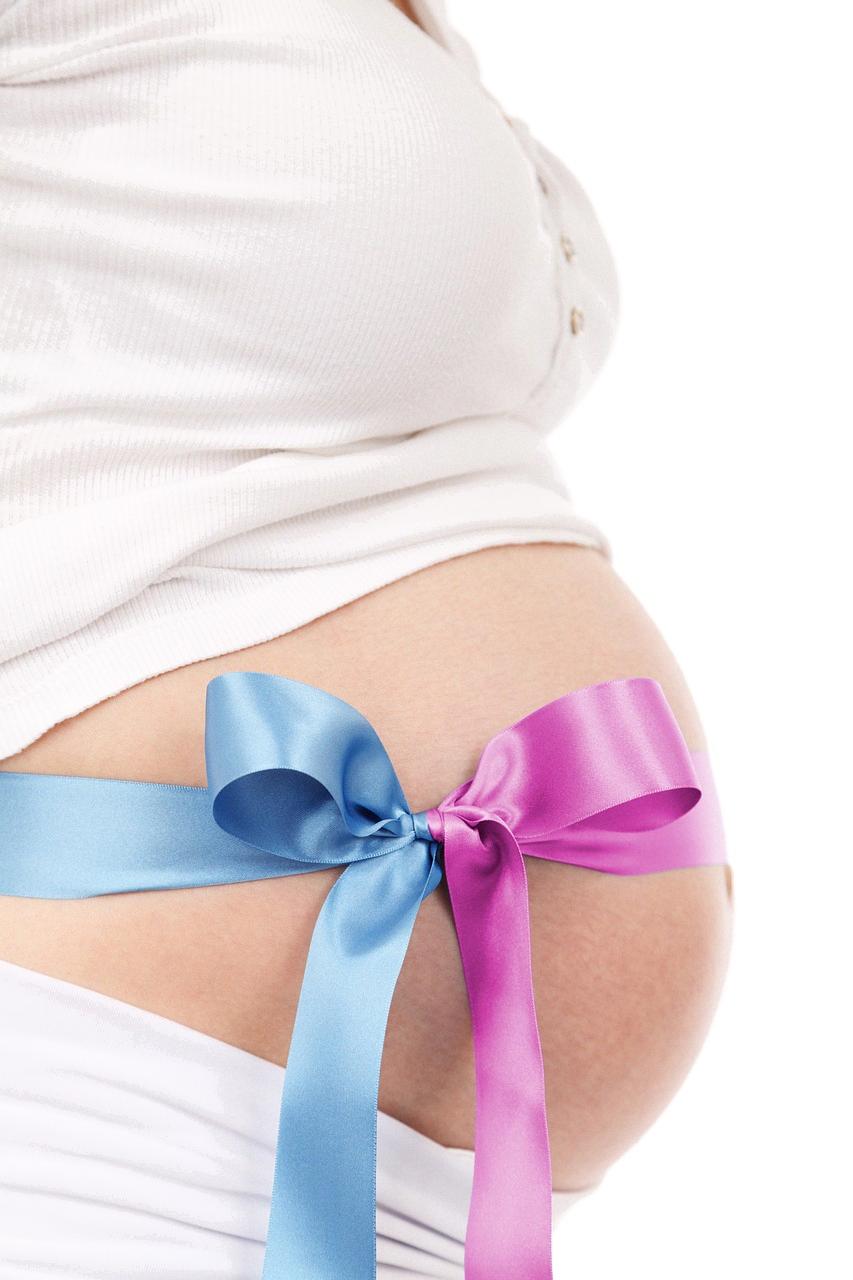Have you ever wondered why your nipple is experiencing the discomfort of having crust? It can be quite concerning, but rest assured, there are various reasons why this might be happening. Let’s delve into the possible causes and solutions to help you address this issue effectively.
Breastfeeding: A Common Culprit
For many individuals, especially new mothers, breastfeeding can be a primary cause of nipple crust. The constant friction and moisture that accompany breastfeeding can lead to irritation and scab formation. Ensuring proper latch and seeking guidance from a lactation consultant can help minimize this discomfort.
Friction and Exercise
If you engage in vigorous physical activities such as running or weightlifting, the friction caused by your clothing or sports bra against your nipples can result in crust formation. Consider wearing appropriate workout attire and using nipple shields to protect your skin during exercise.
Eczema and Nipple Crust
Individuals with eczema may experience nipple crust as a result of skin inflammation and dryness. Managing eczema through proper skincare routines, moisturizing creams, and avoiding triggers can help alleviate this symptom.
Paget Disease and Its Impact
In rare cases, nipple crust may be a sign of Paget disease, a type of breast cancer that affects the skin of the nipple. If you notice persistent crust, along with other symptoms like nipple discharge or changes in skin texture, it’s crucial to consult a healthcare professional for further evaluation and treatment.
Incorrect Nipple Piercing Care
If you have recently gotten your nipples pierced, improper aftercare can lead to crust formation. Following the recommended cleaning routine provided by your piercer and avoiding harsh chemicals can promote proper healing and reduce the risk of complications.
Hygiene and Clothing Choices
Improper hygiene practices or wearing tight, abrasive clothing can also contribute to nipple crust. Ensuring regular showering, gentle cleansing of the area, and opting for breathable fabrics can help maintain nipple health and prevent crust formation.
Stress and Hormonal Imbalance
Stress and hormonal fluctuations can impact the skin’s health, potentially leading to nipple issues like crust formation. Prioritizing stress management techniques, maintaining a balanced diet, and seeking hormonal evaluation from a healthcare provider can aid in addressing these underlying factors.
When to Seek Medical Advice
If you experience persistent or worsening nipple crust, accompanied by other concerning symptoms such as redness, swelling, or discharge, it’s essential to seek professional medical advice. A healthcare provider can assess the underlying cause and recommend appropriate treatment options.
Home Remedies and Soothing Solutions
For mild cases of nipple crust, you can try soothing the area with warm compresses, applying hypoallergenic lotions or nipple creams, and ensuring gentle care during cleansing. However, if the issue persists or intensifies, professional evaluation is necessary.
Overall Nipple Health Maintenance
Ensuring overall nipple health involves a combination of proper hygiene, suitable clothing choices, attentive skincare routines, and prompt medical attention when needed. By staying proactive and informed, you can effectively address nipple crust and promote overall well-being.
Conclusion
In conclusion, nipple crust can arise from various factors, ranging from breastfeeding and friction to skin conditions and hormonal imbalances. Understanding the potential causes and implementing suitable solutions can help alleviate discomfort and promote nipple health. Remember to prioritize self-care, seek professional guidance when necessary, and maintain a proactive approach to managing nipple-related concerns.

